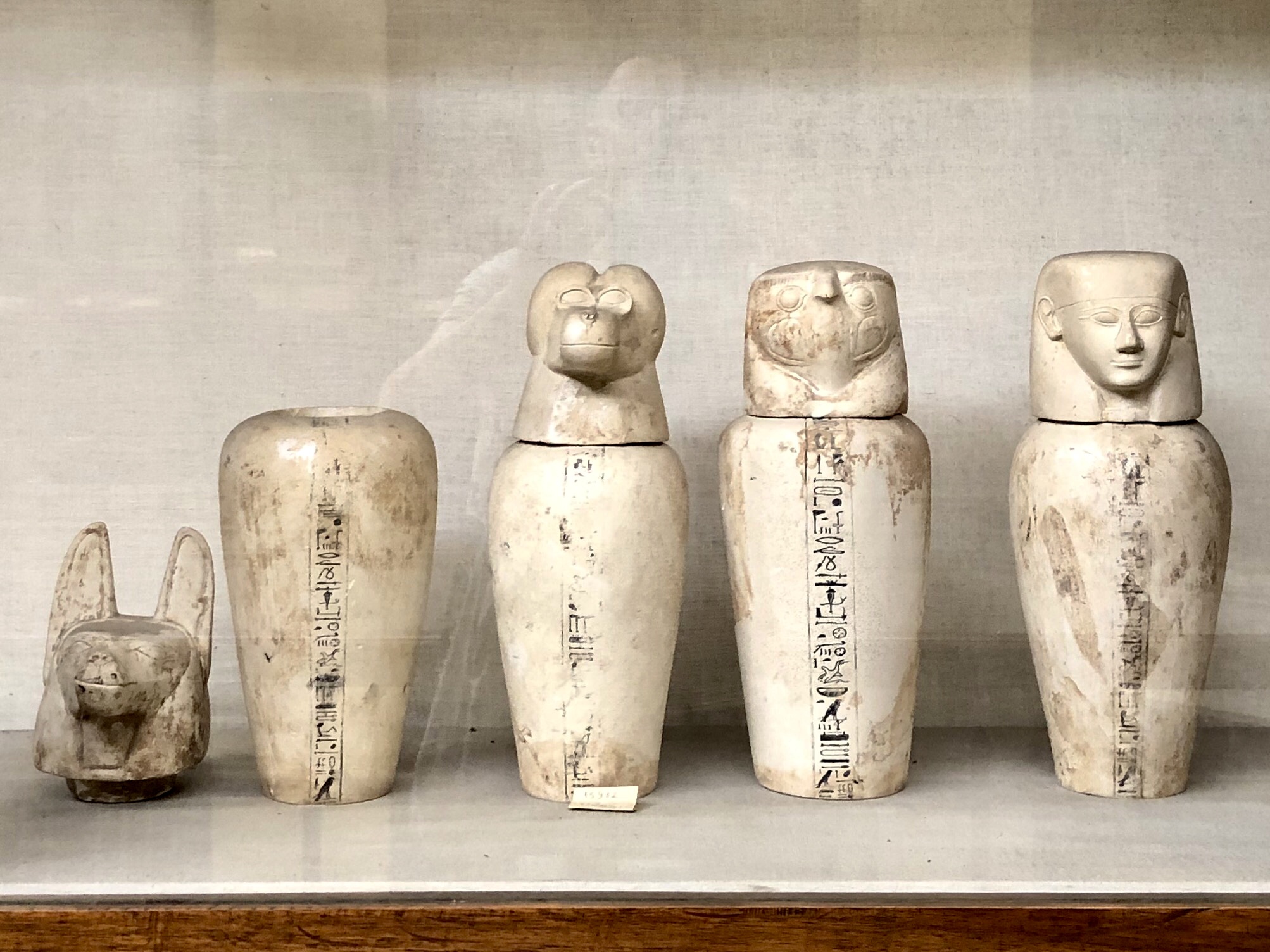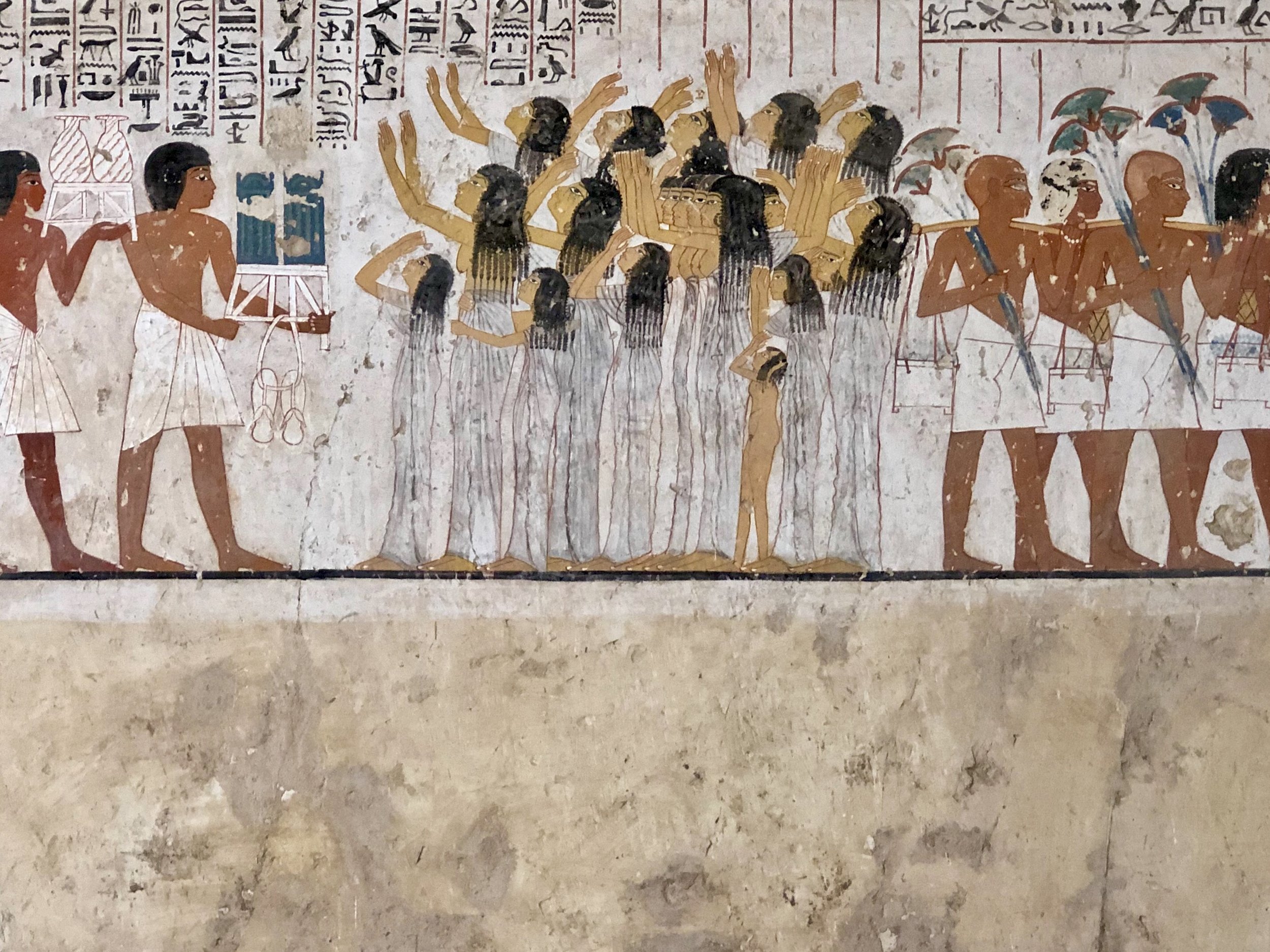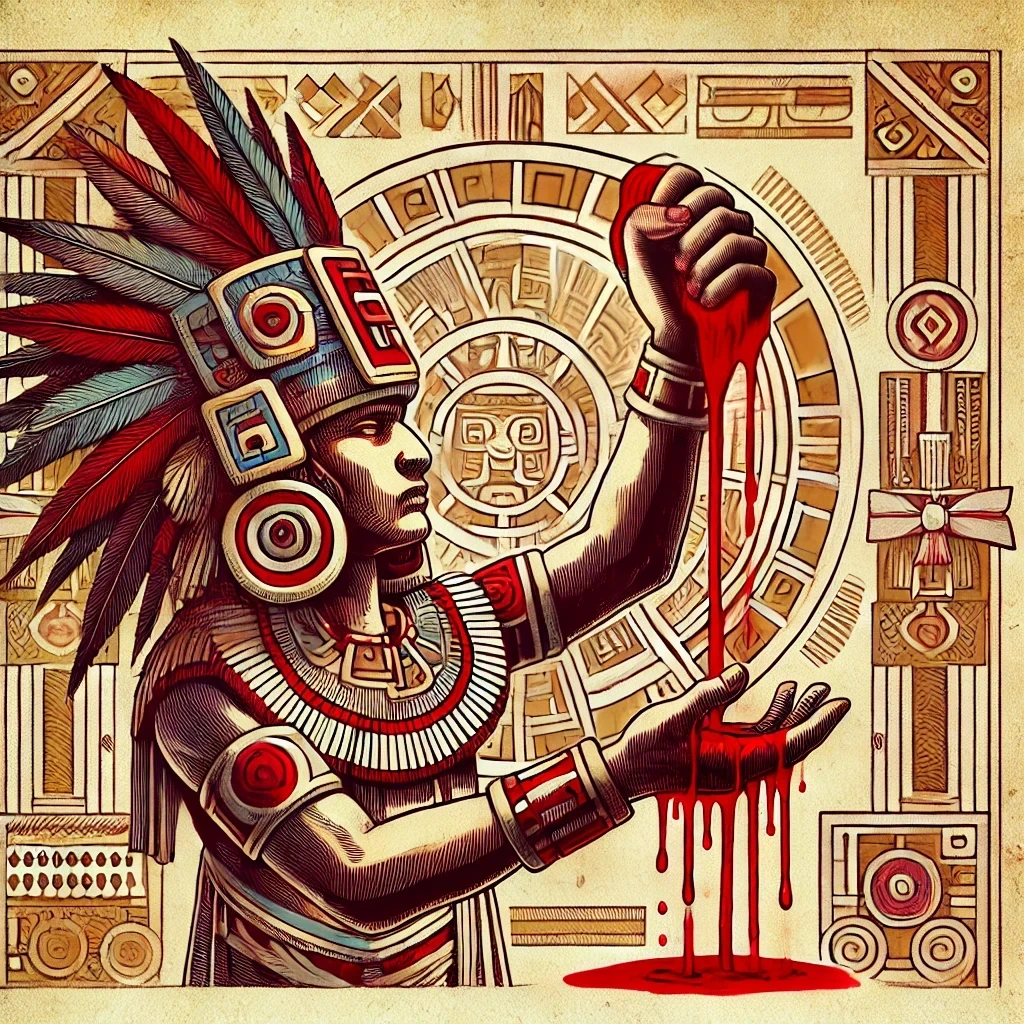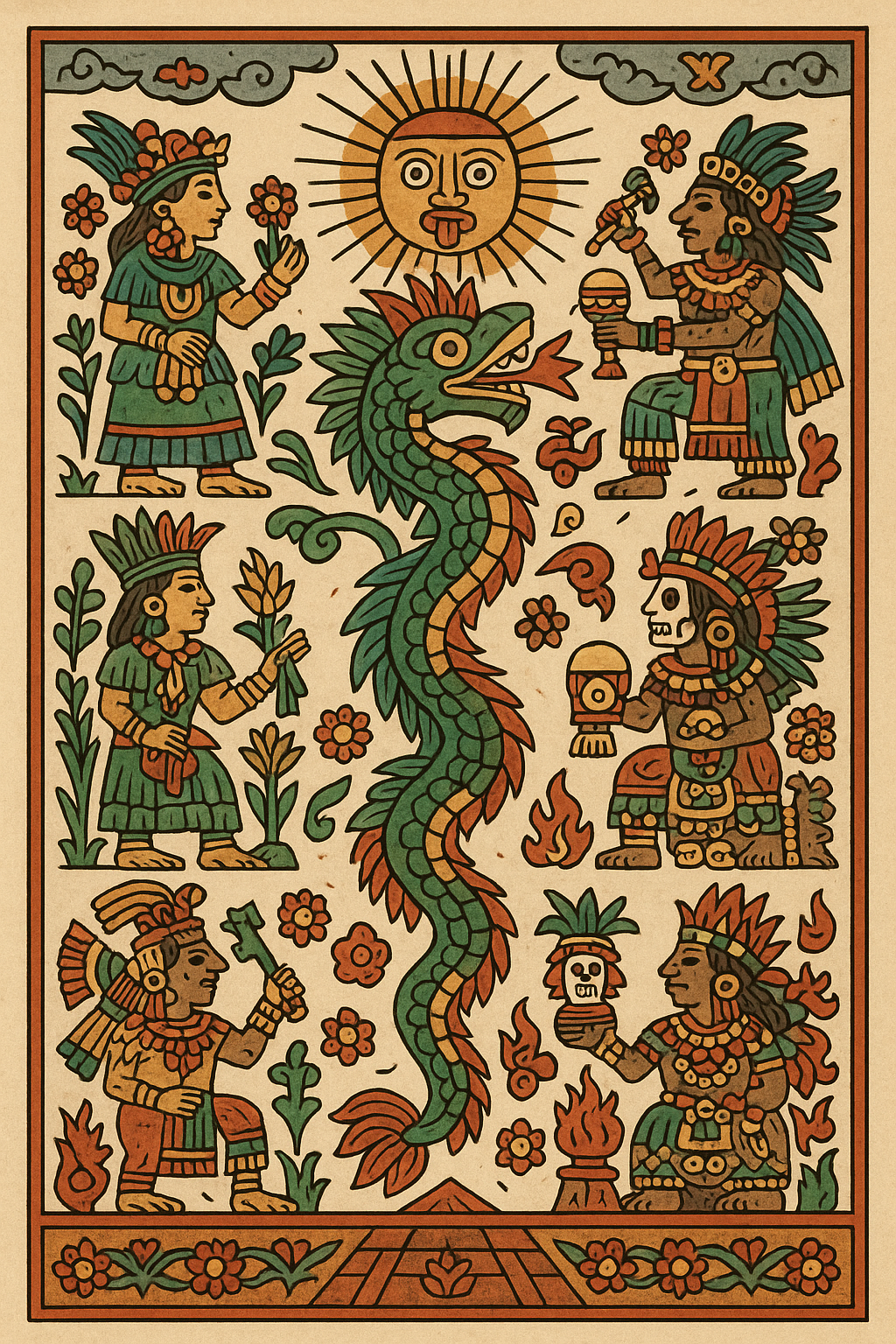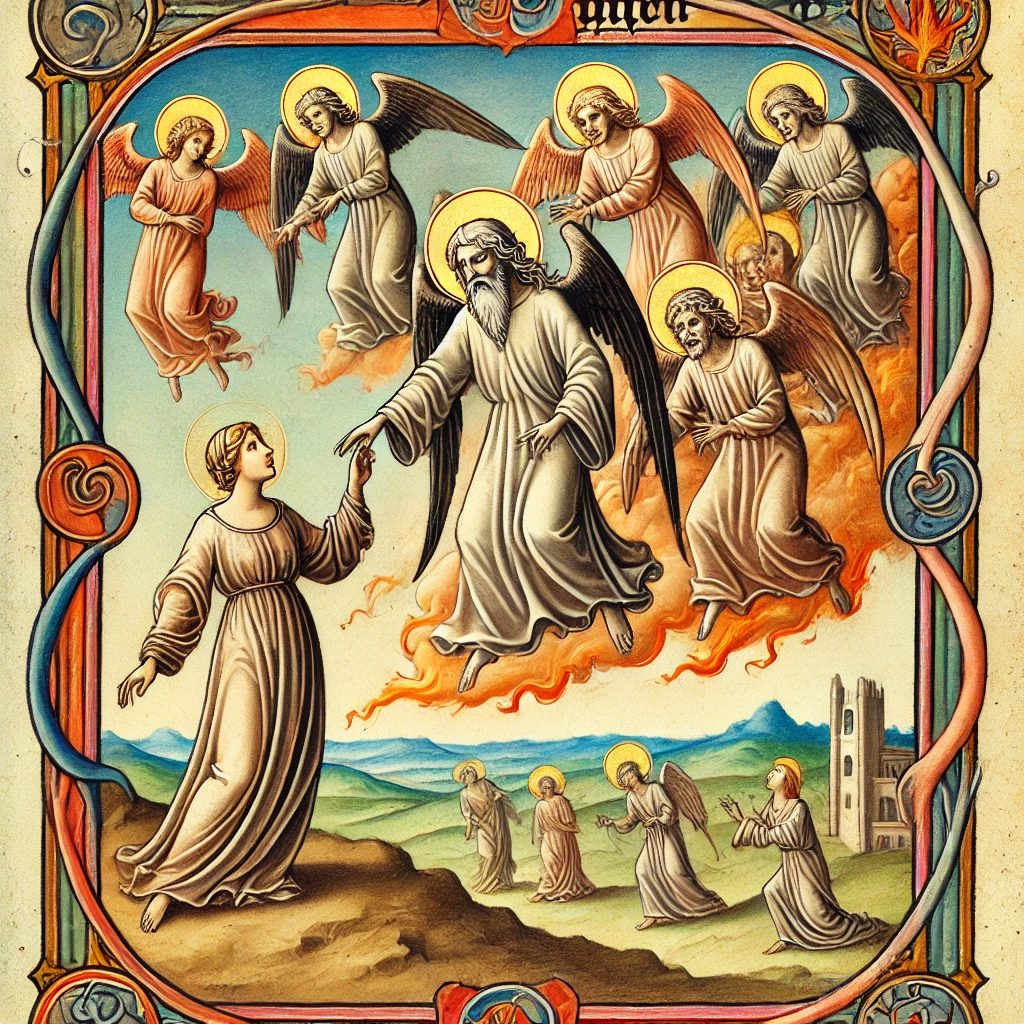What went into canopic jars, how was the body dried out, what organs were the most important — and what got thrown away?
The mummy of Pharaoh Ramesses I as seen in the Luxor Museum. (You can’t take photos of the mummies in the Egyptian Museum in Cairo)
As a kid, I was fascinated with Ancient Egypt. I grew up in the state of New York, and my dad would take me to the Buffalo Museum of Science to visit the room that held a few mummies and artifacts. It was the late 1970s, and treasures of the boy-king Tutankhamun had captured the imagination of the American public as they traveled to museums across the United States. I would check out as many books on the subject as I could from our local library, and when my elementary school library received the book Mummies Made in Egypt by Aliki Brandenberg, I begged my mother to ask if they could order an extra copy for me. I was lucky enough to have parents who indulged my creative side, and a kind librarian who agreed to this request.
Recently, memories of this richly illustrated book came flooding back to me as Wally and I wandered the second-floor galleries of Cairo’s Egyptian Museum. The hall contains wood and glass display cabinets filled with a dizzying collection of elaborately decorated ancient coffins, mummies, amulets to protect the dead, and shabti, magical statuettes of servants that would come alive to perform duties for the deceased in the afterlife.
Ancient Egyptians believed that death was a temporary transition — a concept deeply embedded in their daily lives. Every night, the sun god Ra made his passage to the underworld, disappearing with the setting sun in the west, and emerging reborn the following morning in the east. The goddess Isis wept for her dead husband Osiris, and new life sprouted from the fertile banks along the River Nile. To Egyptians, as long as this natural order existed, a smooth passage beyond the trials of the underworld could be attained.
The creepy, dried-up feet of Ramesses I. The mummy was part of a small museum collection in Niagara Falls, Canada before being returned to Egypt in 2003
Mummy Dearest
However, eternal life was only possible if the individual’s corpse remained intact. Great care was taken to preserve the appearance of the physical body, which was essential to ensure that the deceased’s soul would recognize and return to it in the next plane of existence. If the body decayed, the soul would, too. The most costly method to ensure this was a multi-stage process known as mummification, typically reserved for royalty and nobles.
Priests wore masks of Anubis, the jackal-headed god of death, during the mummification process
First, the body was moved to a temporary funeral pavilion, undressed, ritually cleansed and anointed with myrrh. After this had been completed, mortuary priests wearing jackal masks to evoke Anubis, the god of mummification, removed all internal organs — with the exception of the heart — through a small incision in the left side of the abdomen. The brain was thought to be useless; it was pulverized and extracted through the nose using a long metal hook. But the heart was considered to be the key to the afterlife and revealed evidence of the deceased’s true character.
Various organs were kept in canopic jars like these
Canopic Jars
Organs considered vital in the afterlife by the Ancient Egyptians were reserved, washed, desiccated, wrapped in linen and placed inside four containers known as canopic jars. Each vessel held a different organ and were shaped to represent the four children of Horus, a deity connected to the pharaohs:
Falcon-headed Qebehsenuef held the intestines.
Human-headed Imsety held the liver.
Baboon-headed Hapy held the lungs.
Jackal-headed Duamutef held the stomach.
To turn a corpse into a mummy, it was packed with salt and left to dehydrate for 40 days on a slanted bed so all the fluids would drain
The Mummification Process
One of the most important materials required for mummification was natron salt, a mixture that occurred naturally in Egypt. It was packed over and inside the body’s internal cavities and left to dehydrate for 40 days on a slanting bed. This removed any remaining bodily liquid and saponified fatty tissues, meaning they were essentially turned into soap. After this process was complete, the natron was removed, and the shrunken, desiccated body was once again bathed and dried. A coniferous resin was applied to the deceased’s skin, preventing bacterial growth and decay.
The body was then wrapped in linen, and various amulets were placed about the body to protect and sustain it in the life beyond. A scarab amulet inscribed with a spell from the funerary text the Book of the Dead was asked not to testify against the deceased. It was placed between the layers of linen wrappings over the heart. The neck and chest were important areas and played a specific protective and strengthening role. The wrapping process itself lasted approximately 15 days. The linen strips were soaked in balm and resin, which gave the skin a blackened appearance resembling pitch.
The sheathed, mummified body of the pharaoh was placed within a set of coffins, shaped to resemble the human form, and nested like Russian matryoshka dolls. The innermost coffin was considered the most sacred and represented the deceased in their divine form.
During the New Kingdom period, a procession took place where the bereaved, coffin, canopic jars and an assemblage of funerary furnishings were placed on a sled and pulled by oxen to the necropolis. Once these items arrived outside the tomb entrance, a ritual called the opening of the mouth ceremony was performed to allow the deceased to see, hear, breathe, eat and speak in the afterlife.
A group of wailing women from the tomb of the royal vizier Ramose in the Valley of the Nobles in Thebes (modern-day Luxor)
The innermost coffin had a depiction of the dead so their soul would know what body to return to
The coffin was brought to the burial chamber and enclosed within a large rectangular sarcophagus made of stone, with protective deities and hieroglyphics pertaining to its inhabitant chiseled into its surface.
Finally, the outer door of the tomb was sealed and imprinted with royal insignia. The finality of this action was mitigated by the belief that the king had now entered the realm of the underworld and could begin his (or her) journey beyond death. –Duke




